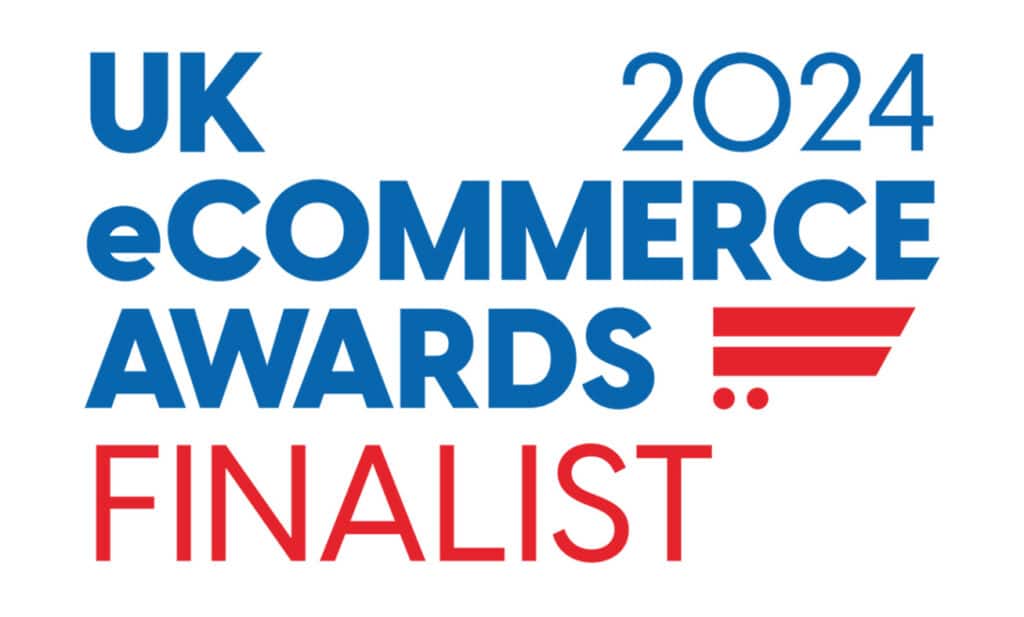When you really think about it, a lot of advertisements are pretty similar.
Sure, they don’t advertise the same thing, but the vast majority are trying to get the end customer to do something. Be that make a purchase, sign up for a service or head to a certain website, it’s rare that an advertisement is solely for informational purposes.
The thing is, in today’s world of information and stimulation, there’s a bit of a ‘who can shout the loudest’ mentality when it comes to advertising.
This may have the desired effect on some customers, but it doesn’t mean the company who says they’re the ‘best’, ‘most value for money’, ‘life-changing’, ‘super-duper’ or any other garrulous adjective to describe what they do actually is actually telling the truth.
As companies try to make themselves known in the chaotic world of advertising and promotion, there’s been a notable rise in businesses taking a different approach – customer advocacy.
The real benefit of this approach is the added level of authenticity it brings. Customers want to hear positive stories from people who have gone through the journey they themselves are deciding whether to embark on or not. If this customer has had a good experience and is satisfied, it’s natural they will feel more confident in a similar outcome for themselves.
Customer advocacy strategy #1 – Customer Reviews
According to Trustpilot, 92% of consumers today read reviews before completing a purchase, with 44% believing reviews to be important and 63% saying they would be likely to make a purchase from a website with reviews.
This goes some way to showing the general consumer sentiment around reviews. And there are further stats that show why reviews are starting to usurp general advertising approaches.
Trustpilot says that 40% of shoppers today don’t believe advertisements. This is even higher when you look at younger demographics, with 85% of young people not convinced by what advertisements tell them.
So with this in mind, reviews are a great way to provide customers with the information they really want to know. Reading reviews can build confidence around a brand and put a shopper’s mind at ease.
There are many review platforms out there that can be integrated with your ecommerce website and provide potential buyers with an added level of comfort around the decision they are making.
Reviews can also be added into things like PPC advertisements or at the checkout stage of the purchasing process. This adds an extra trust signal at opportune moments.

Customer advocacy strategy #2 – Influencer Marketing

Influencer marketing has come to the fore in recent times. If you’re an active social media user, you’ll likely have seen multiple example of this technique dotted throughout your timeline.
Initially the domain of the fashion industry, influencer marketing has spread into new sectors. It sees brands target figures or names in their relevant industry, and work with them to promote what that brand offers.
This is a great way to get your brand name in front of more people, but most posts lack authenticity. These posts don’t strike people as genuine, so while brand awareness can get a definite boost, brand authenticity may not follow suit.
In fact, Trustpilot says that 44% of people simply ignore sponsored posts.
Therefore for many businesses, a better approach is to focus on the types of customer advocacy that strike consumers as authentic.
Customer advocacy strategy #3 – User-Generated Content
The majority of businesses today still opt for brand-led content in their marketing campaigns. This is likely because it’s easier to achieve and get what you want to say out there into the big wide world.
But consumers themselves prefer consumer-led content. It’s instantly relatable and will likely answer the question consumers really want to know – why should I shop with this brand?
Therefore user-generated content (UGC) is an area that has huge potential for companies, and is definitely a key marketing trend to watch out for this year.
UGC can be done via guest posts, while social media is another really strong option in this space. Remember when Coca-Cola put names on their bottles? That was a great example of user-generated content in action, encouraging consumers to post to social and engage with friends and family – all while doing some user-generated brand promotion for Coca-Cola.
Of course, this kind of technique won’t work for all companies, and it’s certainly not easy. But the benefits are massive, so if you have a really strong UGC idea, explore it. There are plenty of reasons to do so.
We’re big fans of what Yotpo brings to the table. Yotpo is a great option for companies looking to embrace the power of reviews and user generated content, with regular updates and enhancements to its solutions.

What to consider
- Customers are craving authenticity. So whatever size your business is, consider how your marketing collateral and approach can highlight this.
- Does your company have reviews on their site? If not, you could be missing out on potential customers. And if you’re worried about negative reviews, this can actually add to your authenticity. It’s how you react to negative reviews and come to a positive outcome for customers that really matters.
- It might sound obvious, but embracing reviews should coincide with a greater focus on delivering optimal customer experience. The more positive experiences you deliver, the more likely positive reviews will be left!
Get in touch with the Williams Commerce marketing team to discuss your requirements today.








